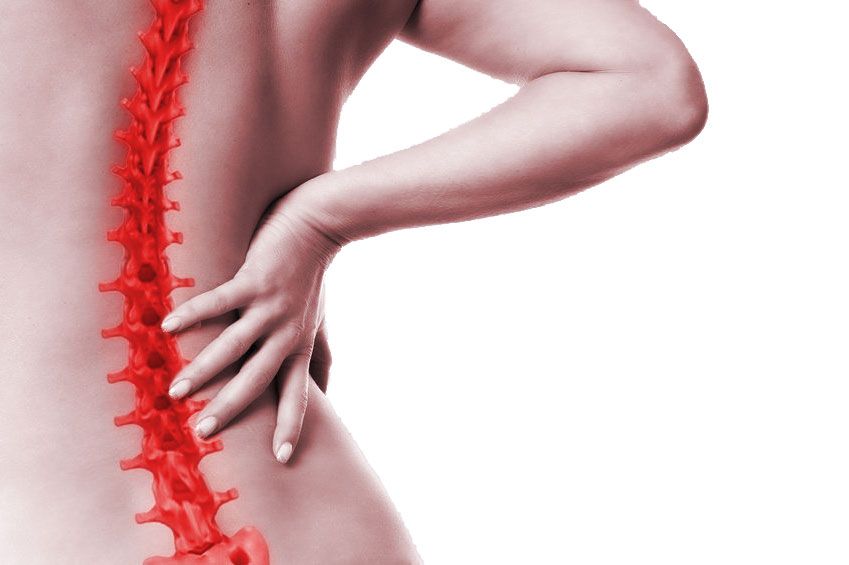Not infrequently, the treating physician of a “back patient” after unsuccessful conservative pretreatment also need to inform about a necessary and more extensive “invasive and / or surgical procedures” and decide on further measures with his entrusted patient.
When a layperson hears about spinal surgery, at first, there is usually a strong and legitimate discomfort. The general idea that these are high-risk interventions is still widespread. In contrast, spine surgery has made tremendous progress over the last decade. While in the eighties and nineties stiffenings with large surgical scars and long hospital stays were the order of the day, today most interventions can be performed on an outpatient basis with surgical scars. under 1cm.
This is especially due to two facts. On the one hand, new biomaterials, surgical techniques and implants have come on the market, on the other hand, interdisciplinary centers have increasingly emerged outside hospitals, offering the full range of conservative treatment and minimally invasive surgery. From diagnostics to the right therapy, practically everything is in one hand and targeted individualized step therapy can be carried out.
For example, today many herniated discs can be shrunken in an outpatient setting after a few minutes of local anesthesia in case of conservative therapy failure. The success rates are higher here than with conventional open therapy. If there is a major herniated disc with nerve failures, using a microscope this is also often removed on an outpatient basis. At the same time, a protective film is placed around the nerve, which reduces scarring and pain and prevents the risk of a new herniated disc. Even simple fractures of the spine, which used to be tediously treated with corsets for 3 to 6 months, are stabilized today by an outpatient procedure in which a biomaterial is injected into the vertebra under local anesthesia.
Patients are immediately fit for work and sport. Also in chronic problems of the spine such. Nerve narrowing in the cervical or lumbar spine areas makes it possible today to avoid major surgery and stiffening, and to insert implants that correct the problem and preserve the mobility of the spine. The principle here is the following: Not by a stiffening, but by targeted treatment of the cause of pain with the smallest possible intervention to treat the pain. Of course, it can happen that the corresponding segment has to be stiffened if there is a significant amount of eddy gliding. However, there are also keyhole techniques today that allow for immediate mobilization and early release, often after a few days. Furthermore, a better interdisciplinary networking in special centers ensures that other causes of spinal complaints are recognized in good time and specifically treated. This avoids unnecessary surgery and overall allows for the success rate of spinal surgery (which is properly selected today at up to 90%).
In summary, modern spine surgery has lost much of its horror. The old saying, “stiffen is better,” has been replaced by the finding “less is more” to maintain mobility, to restore work and sports ability through a possible outpatient or short-term surgery and, above all, the potential risks minimize.
Here once in short form some of the most important vertebral column interventions.
I. The Minimally Invasive Methods: Facet Infiltration / Nerve Root Blocking / Peridural Injection and Catheter Techniques with Anti-inflammatory / Analgesic Materials
II. Intervertebral disc procedure: minimally invasive / endoscopic with and without additional concomitant surgical procedures / means.
III. Stiffening operations / intervertebral disc prostheses and other movement segment affecting surgical procedures
But even with surgical procedures is usually a fundamental change of the so-called.
“Back consciousness” in the sense of a so-called “back school” very important and necessary for sustainable therapeutic success. And despite or even because of a successful spinal surgery, it is imperative to “always do something yourself” for his back.
And IMPORTANT: to find the right therapeutic method at the right time individually is the high art of the supervising physician / therapist and above all the order “to look after” his / her patient / customer optimally even without economic constraints.
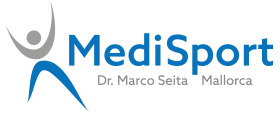

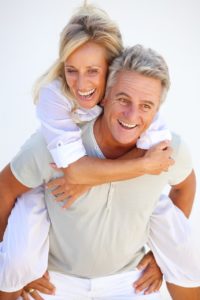 Doctor Seita -MSM-extends his practice concept and can be trained to become a microimmunotherapist by the
Doctor Seita -MSM-extends his practice concept and can be trained to become a microimmunotherapist by the 
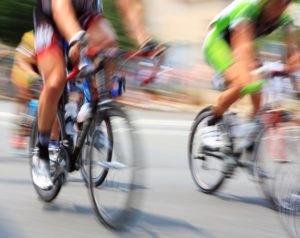 The bike is number one as a means of transport and runs other means of transport from the rank. In Germany alone there are approximately 80 million bicycles estimated. Tendency increasingly increasing. Cycling is known to be healthy and therefore fully in the health trend.
The bike is number one as a means of transport and runs other means of transport from the rank. In Germany alone there are approximately 80 million bicycles estimated. Tendency increasingly increasing. Cycling is known to be healthy and therefore fully in the health trend.
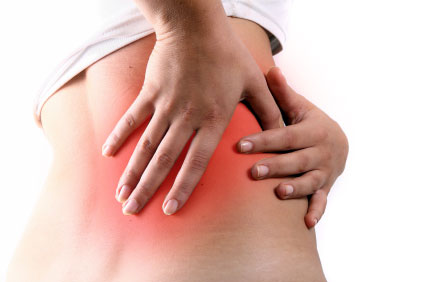 Usually the short stay in draft, the too heavy shopping bag or the famous “wrong movement”, and already the pain is there.
Usually the short stay in draft, the too heavy shopping bag or the famous “wrong movement”, and already the pain is there. 
